ScuzzBlog: Diaries September 2021
Entry 29th September 2021: Post 1: Amstrad 6128 - AMSDOS and CP/M.
Amstrad 6128 - AMSDOS and CP/M.
Continuing on the trail of DOS for older systems and today I feature
probably the best computer Amstrad ever made, and to be honest
the best computer of the 8-bit era. I have to qualify this view
just a tad, given that in truth the PCW9512 kinda is better. When
I say computer, I mean computer and not combined games console.
My interest in the day was always about the computer. The fact
that machines could run games was purely coincidental. I looked
to a computer to work as a computer and games were never a
consideration ... pre 1993.
Just a quick note to say that my computer world started with the
ZX81 and Sinclair and I moved through the systems onto the Plus2
before buying a PCW9512 from Amstrad. It was the Amstrad 9512
and the 1512 that carried me through to the Amiga in 1993. The
era of Sinclair ran from 82 to 87 and Amstrad 88 to 93, five
years each. And yet the Amiga 1200 ran as my main machine for
just three years. The A1200 has been active right up to this day
though not as my primary first computer.
Just that I really enjoyed my 9512 era and that computer was a
good friend each and every day. She was hammered. Anyhoo...
To the subject at hand, which for the most part has already been
discussed with the DDI-1. This being AMSDOS and CP/M. The first
is resident on the 6128 and complements CP/M. It is hard sometimes
to grapple with home computers of this era in respect of the OS
cus the systems by nature tended to lean very much to BASIC and
boot straight into a BASIC version at start. The more DOS based
commands could either be totally independent or incorporated
into the BASIC. With the 6128 we go one better than the DDI-1
given that AMSDOS is ready and waiting and working from the getgo
as part of the BASIC interface. Because the drive is part of the
system it saves to the 3" compact diskette by default.
For disk management you call up CP/M from BASIC by use of the
'special | ' key as in '|cpm' and with tools like DiscKit3 and
PiP you can undertake all your disk operations. And so the CP/M
disk is really the only other disk you use , other than save disks.
For me it was a superb combination and meant that I had a seamless
process of writing programs and saving and storing information.
For me the PCW9512 went one better, cus it not only had BASIC and
CP/M but also a dedicated printer tied into the Wordprocessor
package and all came complete with monitor and full size keyboard.
Disk management was integrated into the Locoscript interface and
so I was typing my books, writing my programs, file managing and
printing plus dabbling in Logo and RPED for data manager. And all
this with only very minimal disc swapping. Using the Locoscript
interface I could swap out disks at a single key push.
I was always a great fan of BASIC and CP/M. I grew up with text
based systems and because I tended to write a lot it was never
an issue needing a graphical user interface. Even my time on the
Amiga is spent predominantly in DOpus and CED. I appreciate that
DOpus is a GUI but the content was an interpretation of text
based activities. ie no images and symbols.
The use of the disc drive as standard on the 6128 made this a
very powerful tool. When you consider many of the systems of the
era doing the same thing there were few this compact and this
versatile.
Note that even with the green screen monitor you need a socket
for the 12V supply or the disk drive will not work. This is in
addition to the other power connectors on the 6128. There is
no power to the computer other than from the monitor. It is
quite the elegant solution, if you have an Amstrad monitor. The
colour monitor has a carry handle on the top. Still way too heavy
to bring to the bench.
Amstrad were very keen to show drives on all their home computers
of the day. I like what Alan Sugar was trying to do with the all
the machines. Providing a full size keyboard, disk drive and the
monitor plus often a printer. Proper home computing with a strong
business edge.
Amstrad 6128 - AMSDOS and CP/M.


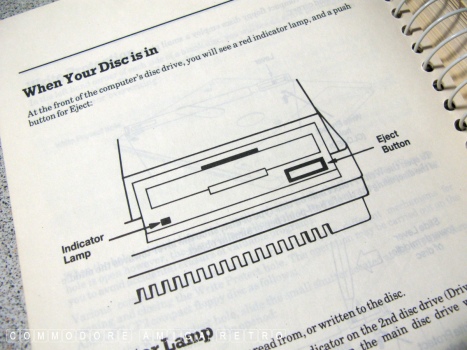


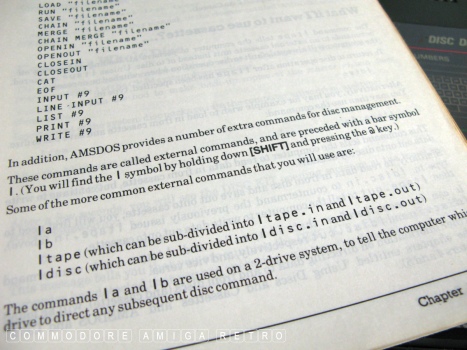
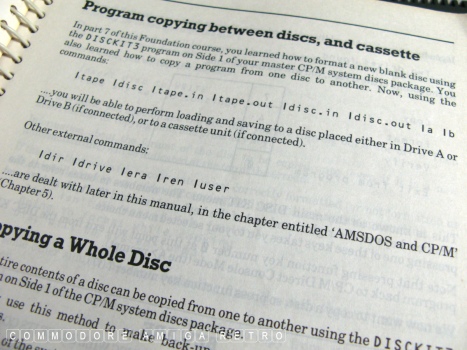

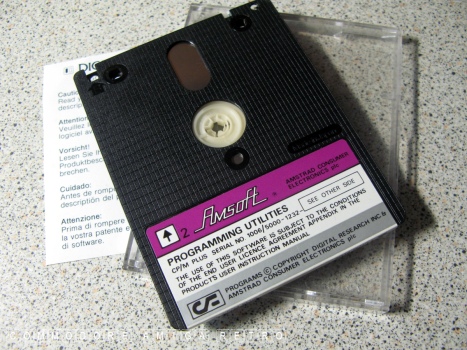

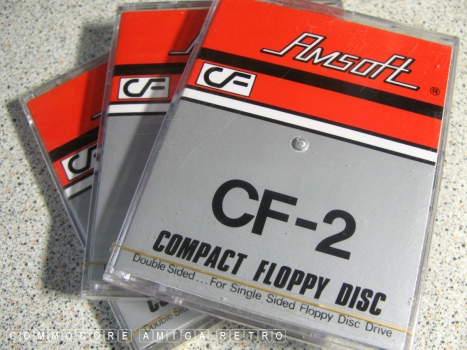
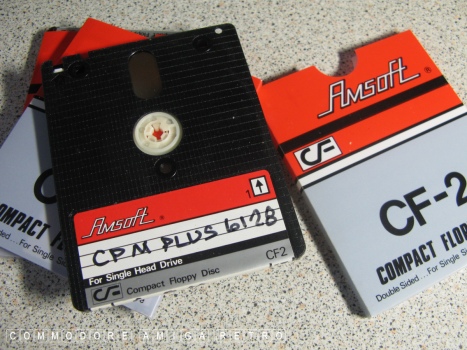



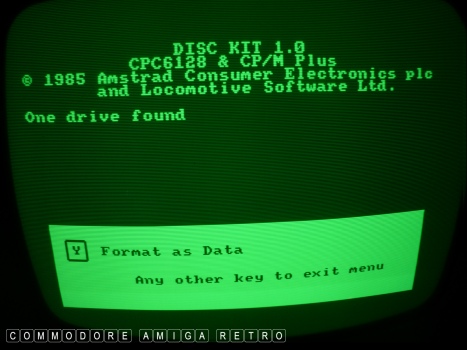
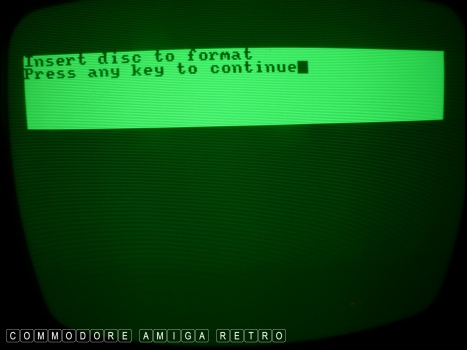


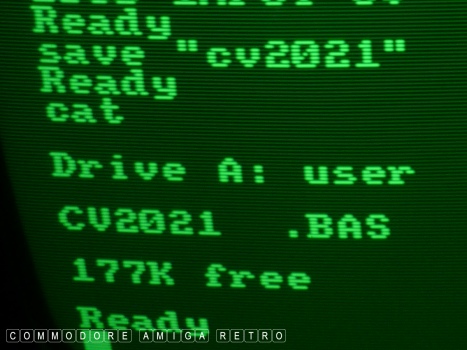

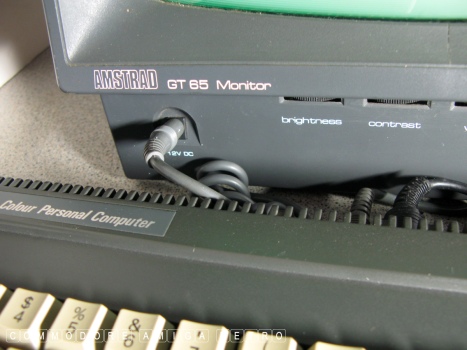

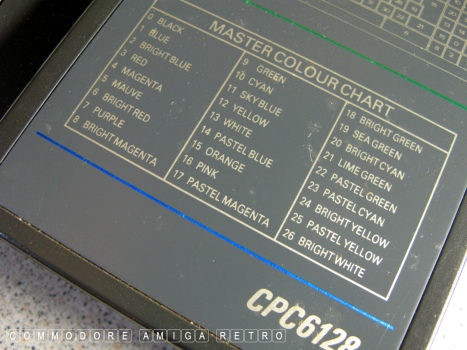




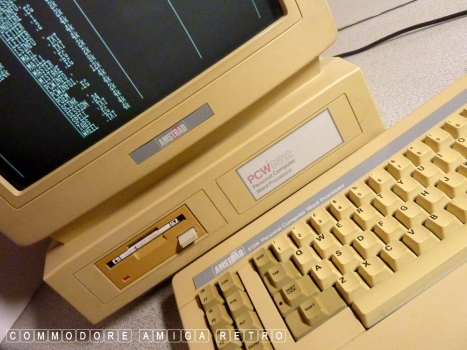









|


![]()


![]()